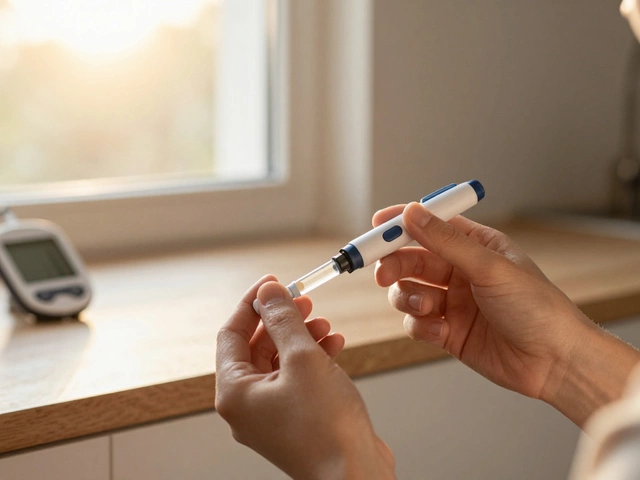Radiofrequency Ablation: What You Need to Know
If you’ve heard doctors mention radiofrequency ablation (RFA) and wondered what it actually does, you’re not alone. In plain terms, RFA uses heat generated by radio waves to destroy unwanted tissue. It’s a go‑to option for people dealing with chronic pain, certain heart problems, or small tumors, and it’s done through a tiny needle‑like probe.
How the Procedure Works
First, a doctor will locate the target area using imaging tools like ultrasound or CT. Then a thin needle is guided right to the spot. Once it’s in place, a small electrical current travels through the needle and creates heat. The heat reaches about 60‑80°C, which is enough to shrink or eliminate the nerve fibers or tumor cells causing trouble. The whole process usually takes 30‑60 minutes, and most patients stay awake with a local anesthetic.
Benefits, Risks and After‑Care
RFA’s biggest draw is that it’s minimally invasive. That means a smaller cut, less bleeding, and a quicker bounce‑back compared to open surgery. Many people report pain relief within a few days, and the effect can last months or even years. On the flip side, there are risks like bruising, infection, or occasional nerve damage. Serious complications are rare, but it’s worth discussing them with your doctor.
After the procedure, you’ll be asked to rest for a short period while the numbness wears off. Most doctors recommend light activity the same day and avoiding heavy lifting for about a week. Keep the insertion site clean and watch for signs of infection—redness, swelling, or fever. If anything feels off, call your clinic right away.
Recovery time varies by what’s being treated. For chronic back pain, many patients return to normal chores within a few days. For heart‑related RFA, you might need a short hospital stay for monitoring. Always follow the specific after‑care plan your doctor gives you; it’s the fastest route to a smooth recovery.
Choosing RFA often depends on how your condition has responded to other treatments. If medicines haven’t helped enough or surgery feels too risky, RFA can be a middle ground—effective yet less aggressive.
Cost is another practical factor. Because it’s an outpatient procedure, it’s usually cheaper than full‑scale surgery. Insurance coverage can differ, so check with your provider before booking.
In summary, radiofrequency ablation offers a fast, targeted way to tackle pain and certain small growths. It avoids big cuts, shortens hospital time, and can give lasting relief. Talk to your specialist to see if RFA fits your health goals, and don’t skip the post‑procedure instructions—they’re the key to keeping the benefits rolling.
Got more questions? Browse our other health guides, from knee‑replacement tips to safe medication practices, for a fuller picture of how modern procedures can improve everyday life.




